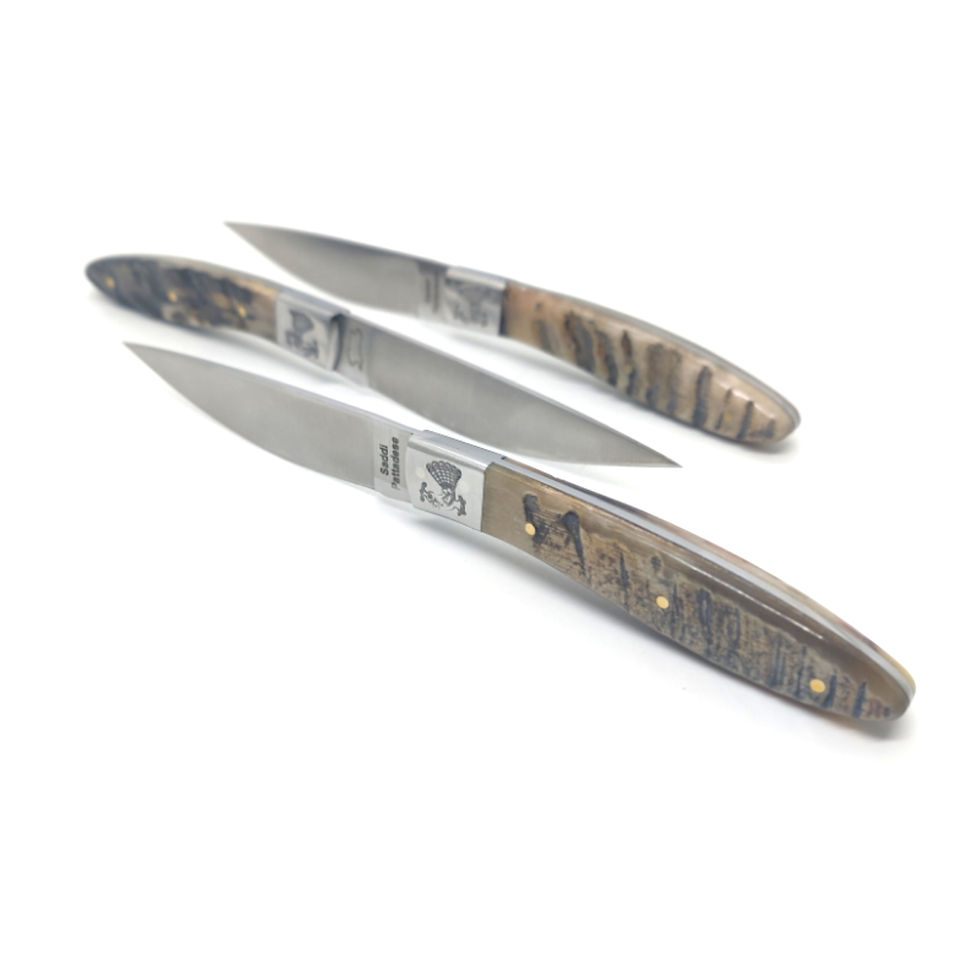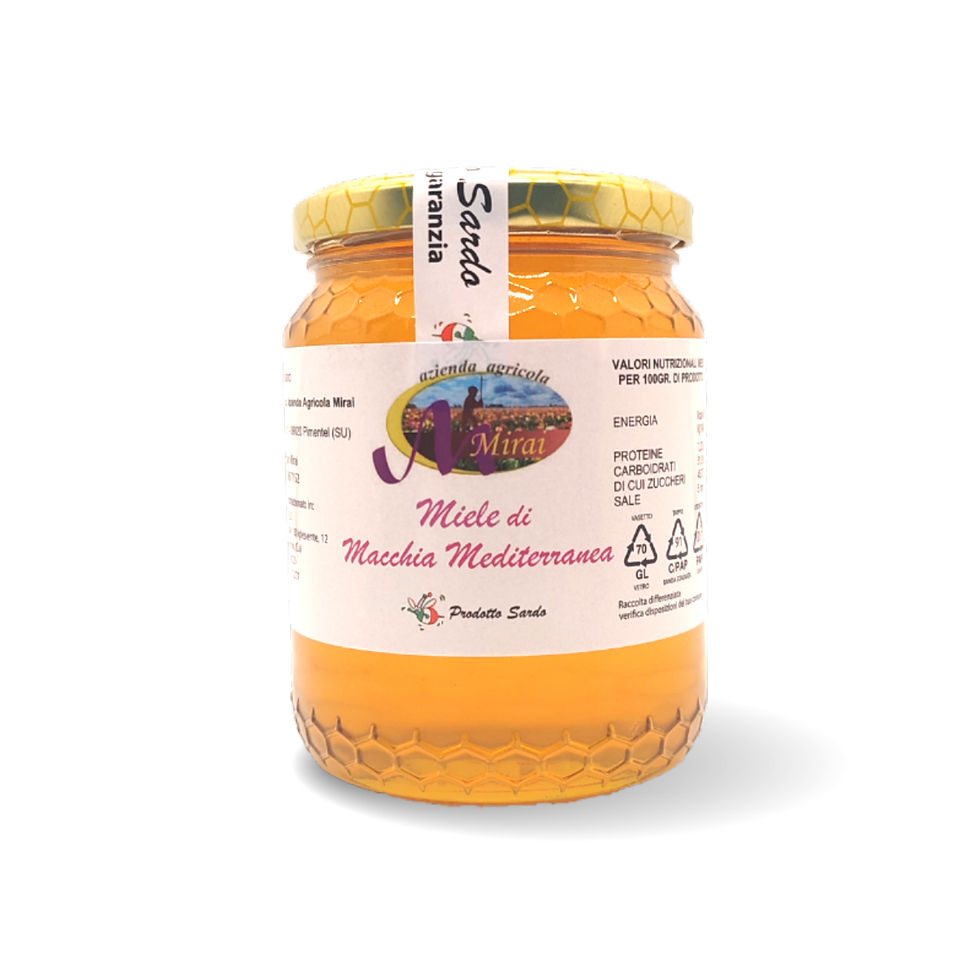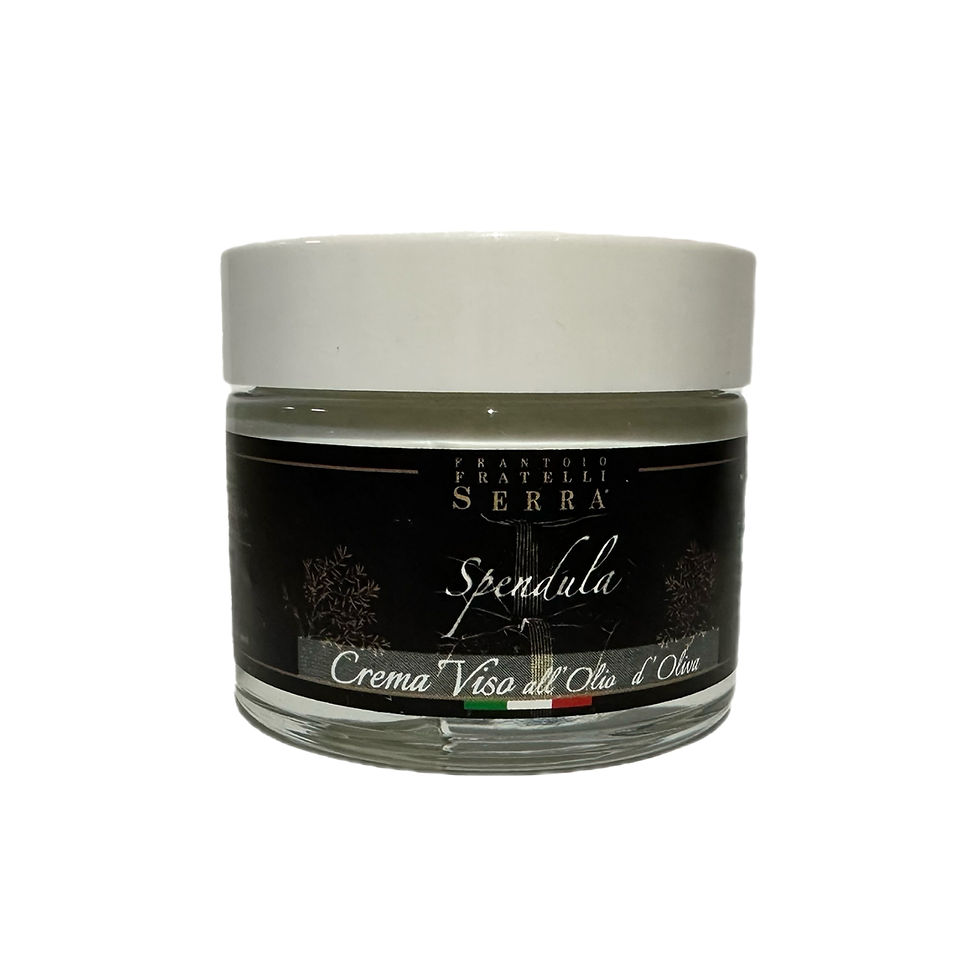Choose the most convenient purchase option for you between:
1 pack
5 packs (immediately save €2.50)
Saffron is an ancient spice, which arrived in Sardinia since the times of the Phoenicians. It is obtained from the stigmas of the Crocus Savitus flower. Sardinian saffron FimaIt is a very pure product, not contaminated by any chemical substance and the geographical position where it is grown, historically of significant importance due to the pedological and climatic conditions, gives it all those organoleptic properties that make it unmistakable.
Its uses in the kitchen are countless, from the classic saffron risotto to the traditional pardule. Saffron also has notable therapeutic properties.
In practical sachets of 0.1 gr, powder.
Ingredients: Pulverized stigmas of Crocus Savitus.
Pure ground Sardinian saffron
Look at this awesomevideo: RED GOLD (Saffron from Sardinia) by Davide Mocci - https://youtu.be/F1hDepIp-5U
On request saffron in stigmas
Saffron (crocus sativus), produced in San Gavino Monreale and so renowned nationwide, also had its importance over the past centuries. Brought - probably - by the Phoenicians between the eighth and ninth centuries BC, it was also used by the Romans.
Having become a luxury product, it was perhaps reintroduced on the island (and certainly in our territories) with the Greek monasticism of Basilian origin: these monks made extensive use of it, uses ranging from the coloring of fabrics and sacred vestments, to the liturgy up to to the aspersion of the environments. However, it is legitimate to think that the crops were small in number, sufficient only to satisfy their needs.
However, it is possible that there may have been influences brought by the Arabs: in fact, the Sardinian term tzaffaranu is the derivation of the Arabic term zaafaran, which in turn was Italianized, later becoming zafferano (it was in fact the Pisans who, in the 13th century, regulated its export). But the first attestations of saffron cultivation in San Gavino date back to the 16th century: a notarial document from 1539 mentions, among other things [...] I Antonio Etza shoemaker from the village of San Gavino [...] So I declare I promise to give and pay a certain amount in this way that is to say within the month of November four pounds of saffron at two ducats per pound [...]. Also a document by the notary Da Silvia reports the fact that there are two plants in San Gavino in the Cagliari countryside.
Towards the end of the 16th century, the famous Sassari historian Giovanni Francesco Fara wrote: […]praetera abundant insula croco optimo […]interius autem planitiem habet insignem in qua sunt, oppidum sancti gavini, in cuius agro fit optimus crocus […]. In those centuries, the cultivation of saffron took place in what were called horts de moly, or gardens irrigated with water from wells through mills powered by animal power.
Of these horts de moly we also have evidence of this in toponyms, such as Horts de Santa Luxia, Cristolu or Pauli wood, inserted in the terras de campu, i.e. land located in the plains and in the open field, of excellent fertility, free of trees and arboreal crops of any kind, including hedges, used for the cultivation of saffron.
Production continued for several centuries: Max Leopold Wagner wrote that [...] from Sanluri you can reach San Gavino in about an hour, the main center of saffron cultivation. Vittorio Angius reported the following information […] one of the particular products of San Gavino is saffron, that it was grown in greater quantities than in other parts of the kingdom, and is highly esteemed in commerce. Those who produced saffron were usually wealthy people, with important economic and financial resources; we have, for example, evidence of rich families, such as those of the Zonca silversmiths, or the Orophos. Instead, those who marketed the product were the tzaffaranaias, i.e. women of a certain age who bought the stigmas from the producers, reselling them both in the village and in the large cities of the Cagliari area: the sale not only produced money, but also exchanges of oil, cheese, legumes or wine.






























Reviews
Fantastische Qualität. Ich bin begeistert. Wundervolle Farbe und großartiges Aroma. Beeindruckend fand ich auch die liebevolle Verpackung von jedem einzelnen Tütchen